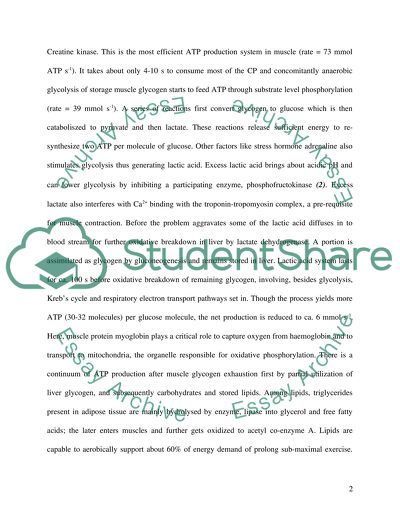Cite this document
(“Physiological Aspects of Exercise and Sport Essay”, n.d.)
Physiological Aspects of Exercise and Sport Essay. Retrieved from https://studentshare.org/psychology/1528885-physiological-aspects-of-exercise-and-sport-essay
Physiological Aspects of Exercise and Sport Essay. Retrieved from https://studentshare.org/psychology/1528885-physiological-aspects-of-exercise-and-sport-essay
(Physiological Aspects of Exercise and Sport Essay)
Physiological Aspects of Exercise and Sport Essay. https://studentshare.org/psychology/1528885-physiological-aspects-of-exercise-and-sport-essay.
Physiological Aspects of Exercise and Sport Essay. https://studentshare.org/psychology/1528885-physiological-aspects-of-exercise-and-sport-essay.
“Physiological Aspects of Exercise and Sport Essay”, n.d. https://studentshare.org/psychology/1528885-physiological-aspects-of-exercise-and-sport-essay.


